Преимущества обработки с ЧПУ перед 3D-печатью
Сентябрь 10, 2024
По мере развития технологий, Он революционизирует производственную отрасль, особенно инженерные и части машины. Чтобы быть лидером, Вы должны использовать лучшее оборудование, чтобы вести бизнес вперед. Некоторые из этих достижений в производственном процессе являются компьютерным численным управлением (ЧПУ) обработка и 3D -печать. Оба работают с различными материалами, но как мы можем определить тот, который нам нужен?
Обработка ЧПУ и 3D -печать у каждого есть свои сильные и слабые стороны, предлагая уникальные преимущества в зависимости от приложения. Решение между ними зависит от таких факторов, как совместимость с материалом, скорость производства, точность, расходы, и качество конечного продукта. Понимание ключевых различий между обработкой ЧПУ и 3D -печати необходимо для того, чтобы сделать лучший выбор для производственного проекта.
Ключевые различия между обработкой ЧПУ и 3D -печати
В то время как обработка ЧПУ и 3D -печать оба позволяют производителям производить сложные детали, Они работают по разным принципам. Обработка ЧПУ - это подтронный процесс, где материал удаляется из твердого блока, чтобы создать часть, В то время как 3D -печать является аддитивным процессом, где материал наносится слой за слоем, чтобы построить желаемую форму. Эти фундаментальные различия приводят к контрастным характеристикам производительности и приложениям.
1. Совместимость материала:
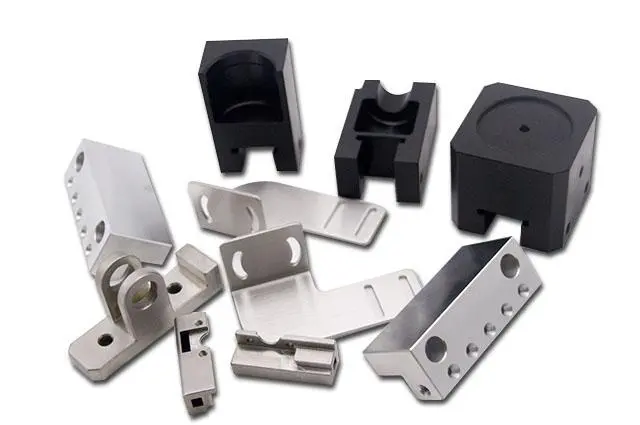
Обработка ЧПУ очень универсальна и способна работать с широким спектром материалов, в том числе металлы (алюминий, сталь, титан), пластмассы, древесина, и композиты. Это делает обработку ЧПУ идеальным для промышленности, которые требуют долговечного, теплостойкий, или структурно надежные материалы, такие как аэрокосмическая промышленность, автомобильный, и промышленное производство.
.3D печать, с другой стороны, более ограничен в своем выборе материала. Хотя новые 3D -принтеры могут обрабатывать определенные металлы и керамику, Большая часть 3D -печати выполнена с помощью пластмасс (такие как ABS или PLA), смолы, или нейлон. Механические свойства этих материалов часто ограничивают применение трехмерных частей в требовательных средах.
2. Скорость производства и объем:
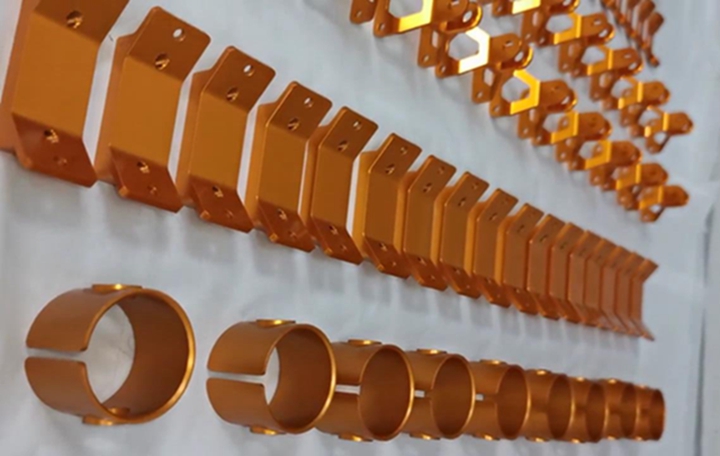
. Обработка ЧПУ часто является предпочтительным выбором для массового производства из -за его скорости. Машины с ЧПУ могут быстро производить большое количество деталей с минимальными изменениями, Сделать их идеальными для производства больших объемов. Во многих случаях, Машины с ЧПУ могут завершить производство части за считанные минуты.
.В отличие, 3D Печать может быть медленной, Особенно при печати больших или сложных деталей. Поскольку 3D -печать является аддитивным процессом, Машина должна построить слой продукта за слоем, который может занять часы или даже дни в зависимости от сложности дизайна. Это делает 3D-печать менее эффективной для масштабного производства, но полезно для создания пользовательского, одноразовые дизайны или прототипы.
3. Точность и терпимость:
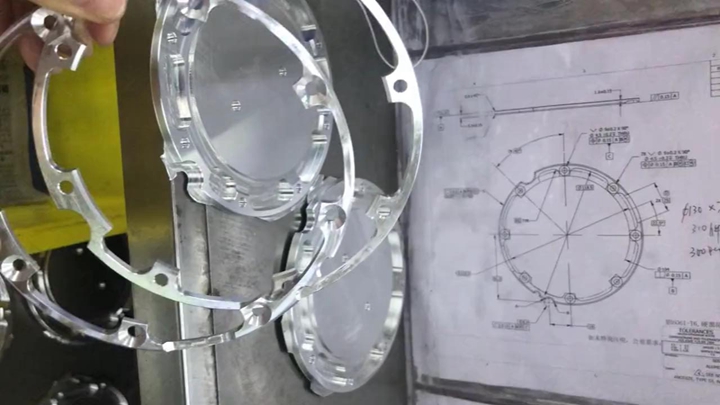
. Машины с ЧПУ известны своей высокой точностью и плотными допусками, сделать их идеальными для деталей, которые требуют точных измерений и идеальных подходящих. Протективный характер обработки с ЧПУ допускает чрезвычайно мелкие детали, с допусками на уровне ± 0,005 дюйма или лучше.
. 3D печать, При улучшении точностью, Как правило, не может соответствовать жестким допускам обработки ЧПУ. Положная строительство 3D-печати вносит небольшие изменения в размерах, что может привести к частям, которые не соответствуют строгим требованиям точности, особенно для блокировки или движущихся компонентов.
4. Поверхностная отделка:
. Части, изготовленные с помощью обработки с ЧПУ, обычно имеют плавную, Чистая отделка поверхности, потому что процесс включает в себя резку и формирование твердого материала. Машины с ЧПУ могут создавать детали с минимальной пост-обработкой и превосходным качеством поверхности, сделать их подходящими для продуктов, где важна эстетика, такие как потребительская электроника или медицинские устройства.
. Напротив, 3Детали D, часто требуют дополнительной постобработки для достижения гладкой отделки. Слоистая конструкция может привести к видимым линиям, грубые поверхности, или небольшие дефекты, который может потребоваться отшлифовать или отполировать. Этот добавленный шаг увеличивает время и стоимость производства.
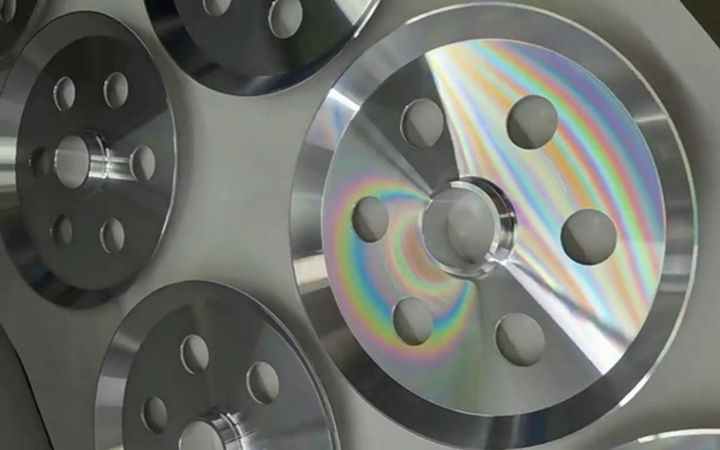
Преимущества обработки ЧПУ в 3D -печати
При сравнении обработки с ЧПУ и 3D -печати, Понятно, что обработка ЧПУ имеет несколько преимуществ, Особенно для масштабного производства, прочные материалы, и приложения, где точность и структурная целостность имеют первостепенное значение. В то время как 3D-печать хорошо подходит для прототипирования и индивидуальных дизайнов с низким объемом., Обработка с ЧПУ остается решением для многих отраслей, ищущих эффективность, сила, и экономическая эффективность.
1. Прототипирование легче при обработке ЧПУ
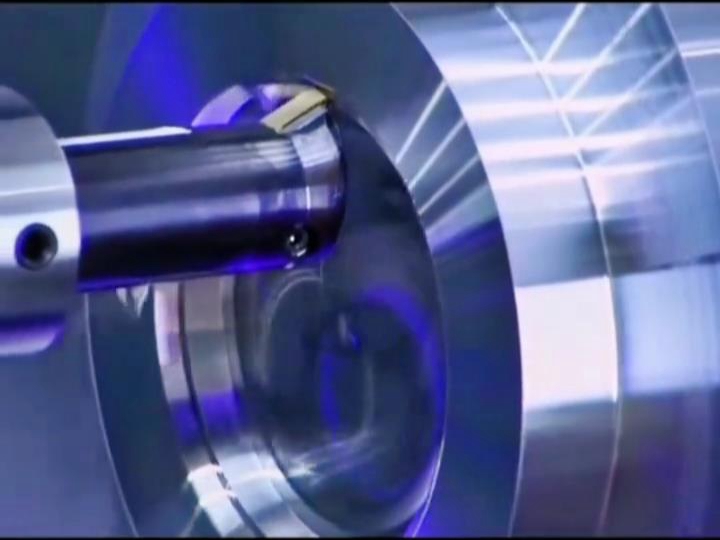
Прототипирование является важным шагом в разработке продукта, Поскольку это позволяет производителям тестировать проекты, прежде чем совершать полномасштабное производство. Обработка ЧПУ часто предпочтительнее для прототипирования, потому что она может производить прототипы из тех же материалов, которые будут использоваться в конечном продукте. Это дает производителям четкое представление о том, как будет выполнять конечный продукт, особенно с точки зрения силы, долговечность, и структурная целостность.
С ЧПУ-обработкой, точное тестирование, и изменения дизайна возможны, потому что прототипы очень похожи на конечный продукт. Поскольку машины с ЧПУ работают с различными материалами, Производители могут легко переключаться между различными материалами для проверки различных аспектов дизайна. 3D печать, в отличие, часто использует разные материалы для прототипирования, Сложнее предсказать, как будет вести себя конечный продукт в реальных условиях.
2. Улучшает целостность прототипа
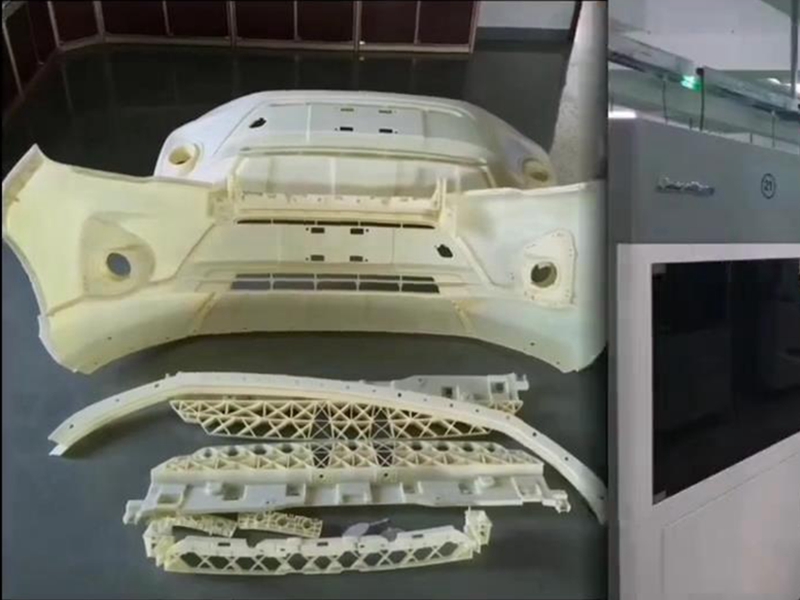
Одним из наиболее значительных недостатков 3D -печати является то, что он применяет тепло во время производственного процесса, который может ослабить структурную целостность материала. В отличие, Обработка ЧПУ не применяет тепло к материалу во время производства, позволяя ему поддерживать первоначальную силу. Это приводит к частям, которые более сильнее и долговечны по сравнению с теми, которые производятся 3D -печатью.
Машины с ЧПУ также могут производить прототипы с большей точностью и точностью, что важно для таких отраслей, как автомобильная, аэрокосмический, и военные, где целостность продукта имеет решающее значение.
3. Поверхностная отделка
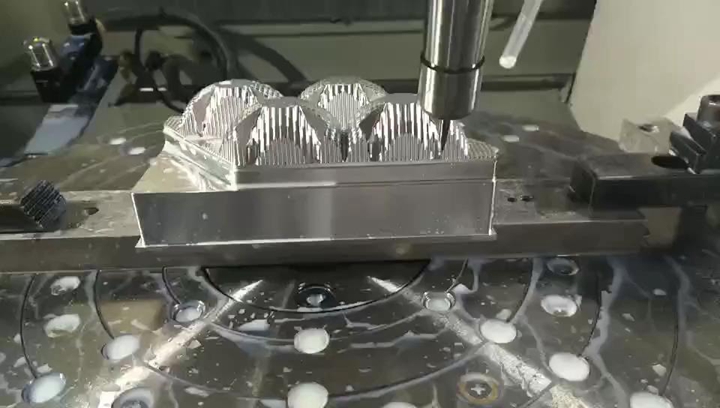
Ключевым преимуществом обработки ЧПУ является превосходная поверхностная отделка продуктов, которые он создает. Потому что машины с ЧПУ вырезают детали из твердых материалов, Они производят гладкие поверхности с минимальными дефектами. В приложениях, где важна эстетика, например, потребительские продукты или высококлассная электроника, обработка CNC является предпочтительным выбором.
В отличие, 3D Печать часто оставляет видимые линии слоя или грубые поверхности, который может потребовать дополнительной постобработки для достижения гладкой отделки. Этот дополнительный шаг добавляет время и стоимость производственного процесса, Сделать 3D-печать менее эффективной для высококачественных поверхностных отделений.
4. Более высокий уровень терпимости
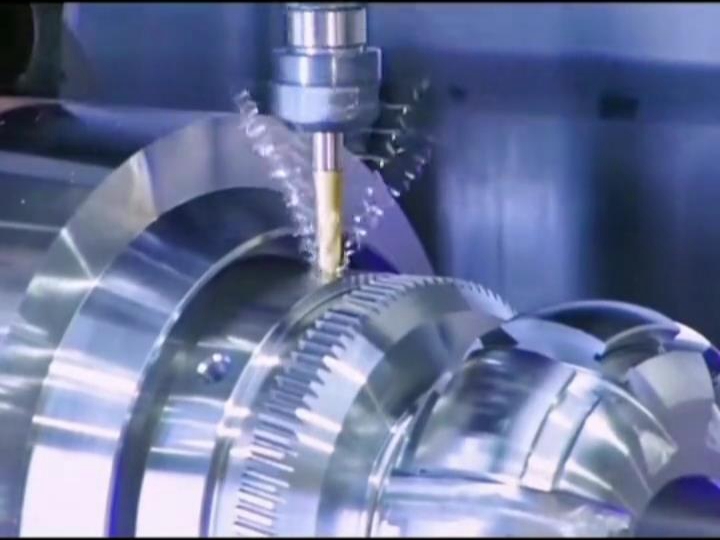
Когда дело доходит до точности, Обработка ЧПУ предлагает более высокие допуски, чем 3D -печать. Это означает, что машины с ЧПУ могут создавать детали с минимальными изменениями от исходного дизайна, Обеспечение идеального посадки в сборок или компонентов, которые необходимо переключаться с другими частями. В отраслях, где точность имеет решающее значение, такие как медицинские устройства, аэрокосмический, или робототехника, Способность CNC Machining доставлять запчасти с высокой толеранностью делает его превосходным вариантом.
3D печать, с другой стороны, склонна к небольшим размерным неточностям из -за его аддитивного процесса. Это может привести к деталям, которые не сочетаются друг с другом, или требуют дополнительных корректировок после печати.
5. Объем и цена
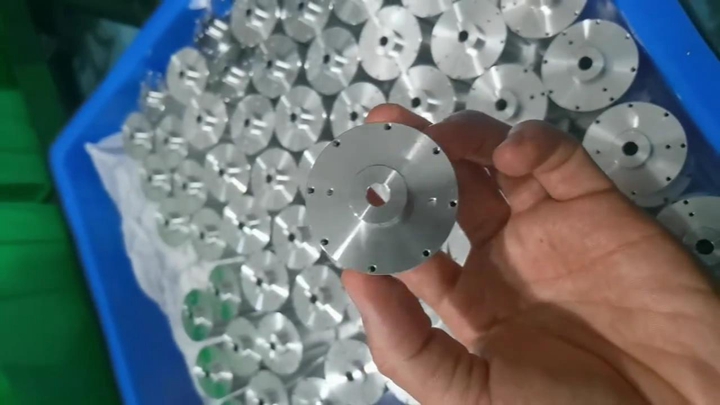
Обработка ЧПУ более экономически эффективна, чем 3D-печать для производства большого объема. В обработке с ЧПУ, Стоимость за часть уменьшается с увеличением объема производства, сделать его идеальным для массового производства. Это особенно важно для таких отраслей, как автомобильная или электроника, где требуется большое количество деталей по низкой цене.
В отличие, 3D Печать часто бывает дороже для крупномасштабного производства, потому что стоимость материалов и время, необходимое для производства каждой части с объемом. 3D Печать лучше подходит для небольших или пользовательских производства, Где способность создавать уникальные, одноразовые дизайны перевешивают стоимость.
6. Заключение
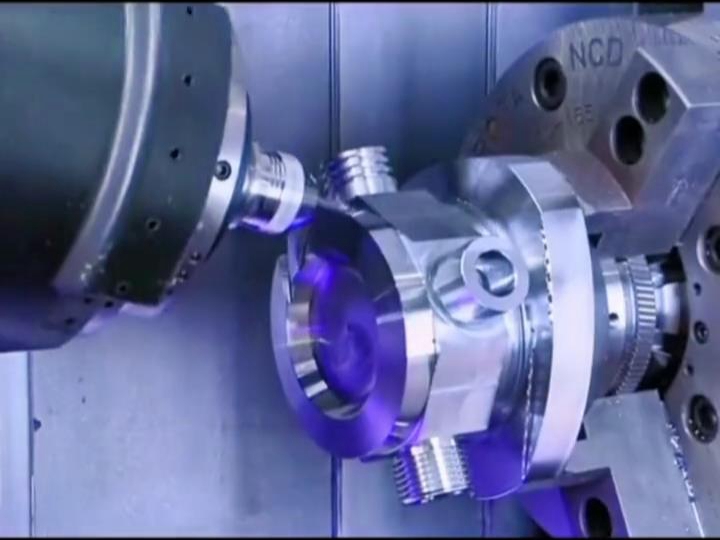
В заключение, В то время как обработка ЧПУ и 3D -печать произвели революцию в производственной промышленности, Обработка ЧПУ предлагает несколько различных преимуществ для крупномасштабного производства, Сила материала, точность, и экономическая эффективность. Для производителей, которым необходимо производить качественную продукцию., прочные детали с жесткими допусками, Обработка на станке с ЧПУ — лучший выбор. С другой стороны, 3D-печать превосходна в настройке, прототипирование, и нишевые приложения, но его ограничения по прочности материала и скорости производства делают его менее подходящим для крупносерийного производства..
При выборе между ЧПУ-обработкой и 3D-печатью, важно учитывать конкретные потребности проекта, включая требования к материалам, объем производства, и бюджет. Для большинства крупномасштабных производственных применений, Обработка с ЧПУ обеспечивает более эффективный, надежный, и экономичное решение.





